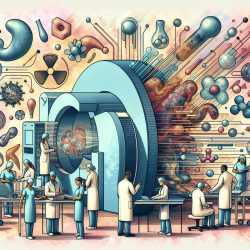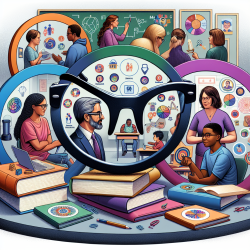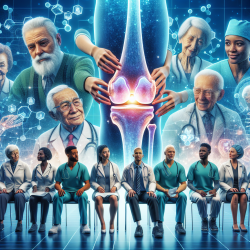Preclinical imaging is a rapidly evolving field that has gained recognition over the past two decades. It involves using advanced imaging techniques on laboratory animals to study biological phenomena and test new medical procedures before human clinical trials. As this field continues to grow, there is an increasing need for skilled professionals who can bridge the gap between clinical and preclinical settings. This is where nuclear medicine technologists (NMTs) and radiographers come into play.
The Role of NMTs and Radiographers in Preclinical Imaging
NMTs and radiographers possess a unique set of skills that make them invaluable assets in preclinical imaging laboratories. Their expertise in technical, anatomical, and clinical fields allows them to perform a variety of tasks independently, such as:
- Animal preparation, positioning, monitoring, and anaesthesia recovery
- Programming acquisition parameters and managing data processing
- Conducting device quality controls and ensuring radiation safety
- Managing radioactive and biological waste
- Handling hot lab equipment and managing injected products
Their involvement ensures compliance with ethical standards for animal care and welfare during imaging procedures. By integrating NMTs and radiographers into preclinical labs, research centers can achieve higher throughput and quality in their studies.
Opportunities for Professional Growth
The integration of NMTs and radiographers into preclinical imaging labs presents numerous opportunities for professional development. These professionals can expand their roles beyond traditional clinical settings by engaging in research projects focused on methodological developments, evaluations of new procedures or devices, and workflow organization.
Moreover, experienced NMTs and radiographers can take on roles as research investigators or facilitators, contributing to the advancement of imaging techniques. Their involvement in staff meetings as practical experts further enhances their value within the research team.
Encouraging Further Exploration
The potential for NMTs and radiographers to contribute significantly to preclinical imaging is immense. However, their involvement remains limited due to a lack of awareness among researchers about their expertise. Encouraging these professionals to explore opportunities in preclinical labs can lead to mutually beneficial outcomes for both the individuals and the research community.
To read the original research paper that inspired this discussion, please follow this link: Why the preclinical imaging field needs nuclear medicine technologists and radiographers?










